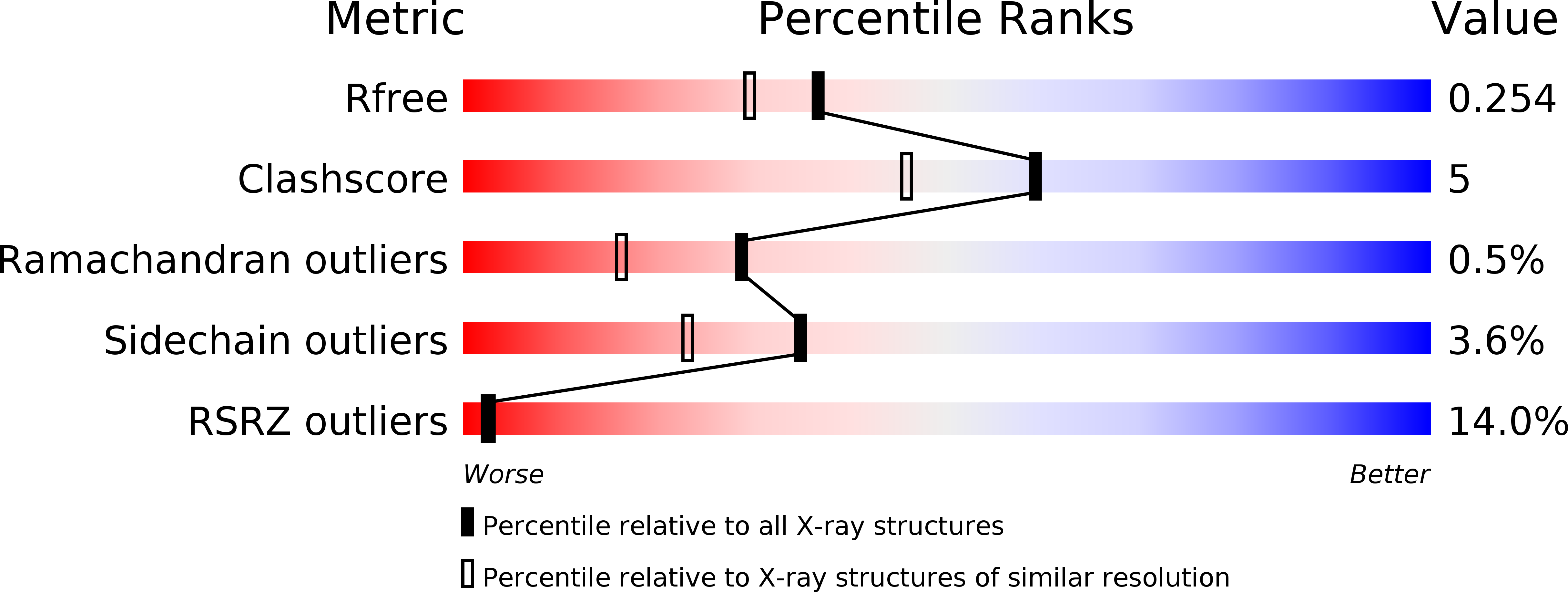
Deposition Date
2010-09-08
Release Date
2011-01-19
Last Version Date
2023-11-01
Entry Detail
PDB ID:
3ANS
Keywords:
Title:
Human soluble epoxide hydrolase in complex with a synthetic inhibitor
Biological Source:
Source Organism:
Homo sapiens (Taxon ID: 9606)
Host Organism:
Method Details:
Experimental Method:
Resolution:
1.98 Å
R-Value Free:
0.25
R-Value Work:
0.21
R-Value Observed:
0.22
Space Group:
C 1 2 1


